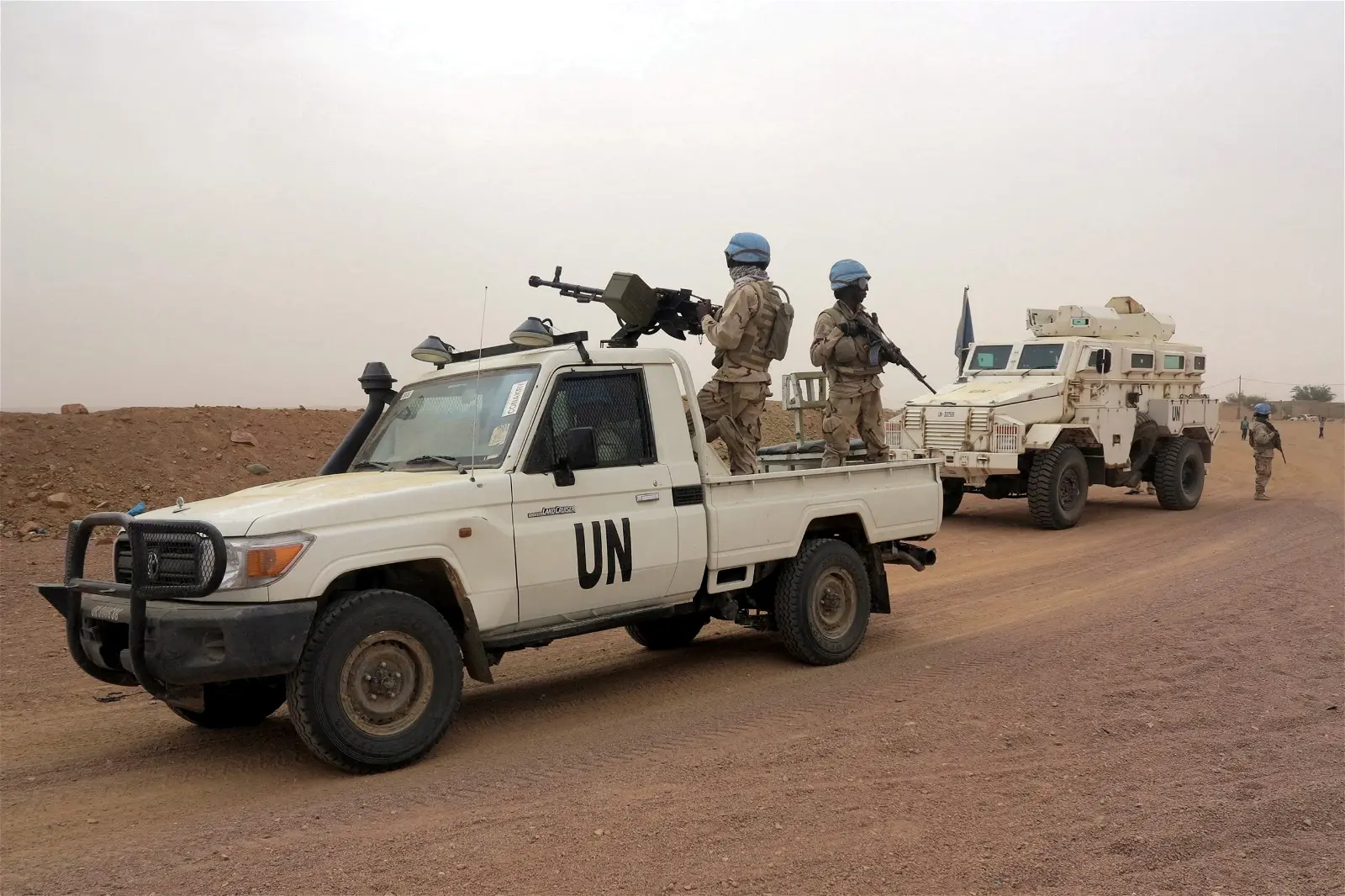As directed by Mali’s military leaders, the UN mission officially wrapped up its 10-year deployment in the country on Monday, according to its spokesperson.
The United Nations flag was lowered at the headquarters in Bamako by MINUSMA, as disclosed by spokesperson Fatoumata Kaba in a statement to AFP.
Even though certain elements of the mission persist, the spokesperson explained that the symbolic ceremony officially marks the end of the mission.
Activities during the “liquidation phase” will commence after January 1, including the transfer of remaining equipment to the authorities.
Mali’s ruling junta, which seized power in 2020, in June demanded the departure of the mission, deployed since 2013, despite being in the grip of jihadism and raging crises.
The withdrawal of the UN stabilisation mission, known as MINUSMA, has ignited fears that fighting will intensify between troops and armed factions for territorial control.
Read also: Rwanda Sends 300 Troops For UN Mission In Central Africa
MINUSMA had for the past decade maintained around 15,000 soldiers and police in Mali. About 180 members have been killed in hostile acts.
The UN mission, announced on X (formerly Twitter), stated that as of Friday, over 10,500 MINUSMA personnel, both uniformed and civilian, had departed Mali, from an initial staff count of approximately 13,800 at the beginning of the withdrawal.
Since the evacuation order, MINUSMA has abandoned 13 positions in Mali, and the closure of sites in Gao and Timbuktu in the north is yet to be finalized.
The Mopti camp in central Mali, a longstanding epicenter of jihadist violence in the Sahel region, was handed over by the UN mission last week.
Peacekeepers from Bangladesh and Togo were the most recent occupants of the Mopti camp, which has previously hosted contingents from Egypt, Pakistan, and Senegal.
Kaba told AFP that the pullout was executed without complications, unlike recent withdrawals in Mali’s precarious north, which transpired amid concerns of a military escalation between the army and rebel groups.

